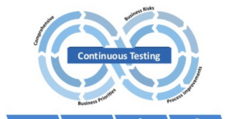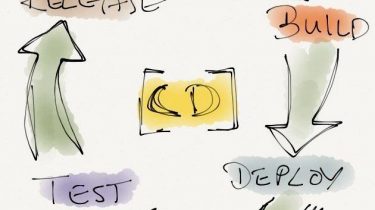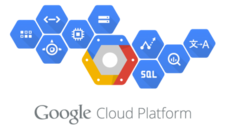Treating Shared Databases Like APIs in a DevOps World
Source – infoq.com Simon Sabin, Principle Consultant at Sabin.io, spoke at WinOps 2017 conference on how to include database changes in a continuous deployment model. A key aspect when sharing databases across multiple services or applications is to treat them as APIs, from the perspective of the database owners. Sabin suggested that mechanisms such as views, triggers and stored procedures can be used to change the database internal structure while keeping backwards compatibility with the applications data operations. He gave the example of migrating
Read more




